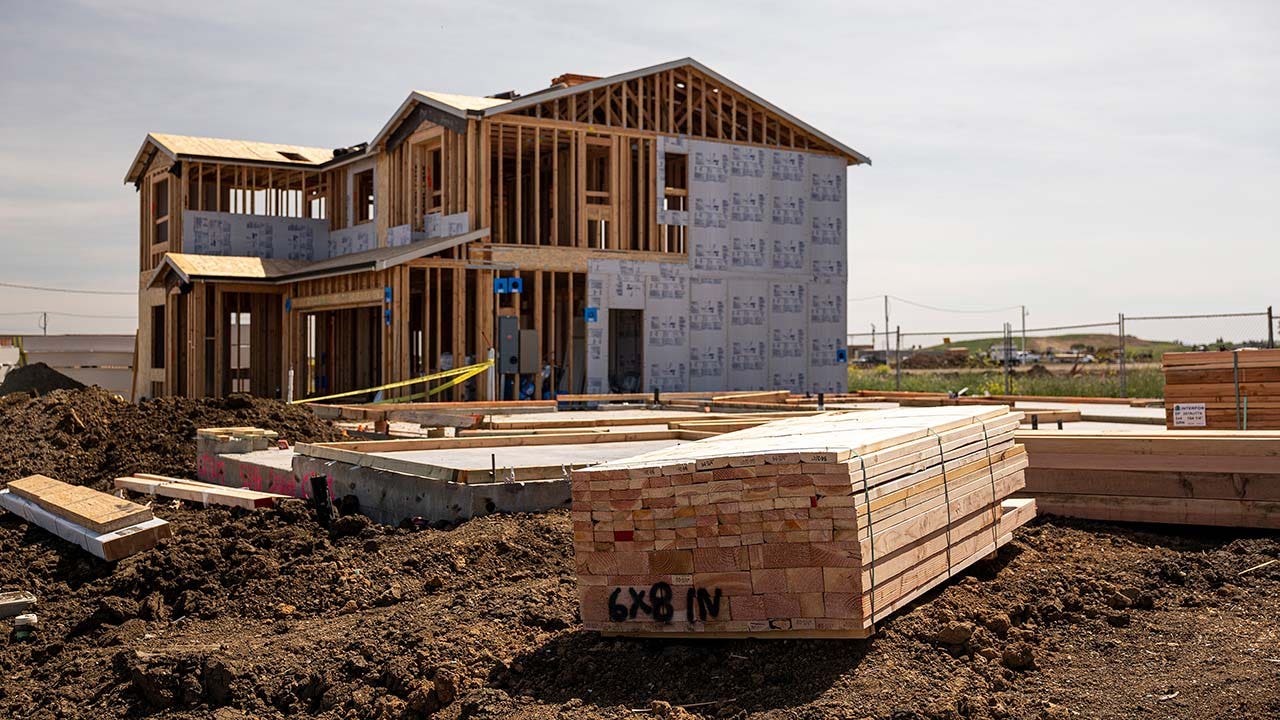GON
$100 Site Donor 2024
According to a study released on Thursday 14 JUL 2022, the U.S. homes deficit more than doubled between 2012 and 2019 from 1.65 million to 3.8 million.
In 2012, the nation’s affordability problem appeared to be concentrated on the coasts and in the Southwest. However, Up for Growth has identified a housing deficit in a total of 47 states and the District of Columbia as of 2019. The study found that the average U.S. state had a housing deficit of 79,000 homes in 2019.
California led the housing gap with a shortage of 980,000 homes, followed by Texas with 322,000 homes, Florida with 289,000 homes and New York with 234,000 homes.
Other states with severe housing underproduction in 2019 included Washington, New Jersey, Colorado, Arizona, Illinois, Georgia, Massachusetts, Virginia, Minnesota, Oregon and Utah. Six new states added to the underproduction list since 2012 include Mississippi, Missouri, Nevada, Oklahoma, Rhode Island and South Carolina.
Some of the article does not necessarily makes sense- like how is there a massive housing shortage in a state with ten consecutive years of population declines.

 www.foxbusiness.com
www.foxbusiness.com
In 2012, the nation’s affordability problem appeared to be concentrated on the coasts and in the Southwest. However, Up for Growth has identified a housing deficit in a total of 47 states and the District of Columbia as of 2019. The study found that the average U.S. state had a housing deficit of 79,000 homes in 2019.
California led the housing gap with a shortage of 980,000 homes, followed by Texas with 322,000 homes, Florida with 289,000 homes and New York with 234,000 homes.
Other states with severe housing underproduction in 2019 included Washington, New Jersey, Colorado, Arizona, Illinois, Georgia, Massachusetts, Virginia, Minnesota, Oregon and Utah. Six new states added to the underproduction list since 2012 include Mississippi, Missouri, Nevada, Oklahoma, Rhode Island and South Carolina.
Some of the article does not necessarily makes sense- like how is there a massive housing shortage in a state with ten consecutive years of population declines.

U.S. housing market's underproduction crisis getting worse, new analysis finds
A nonprofit focused on housing equity and home creation is calling for more houses to be built in areas with high economic mobility, access to jobs and existing infrastructure.
